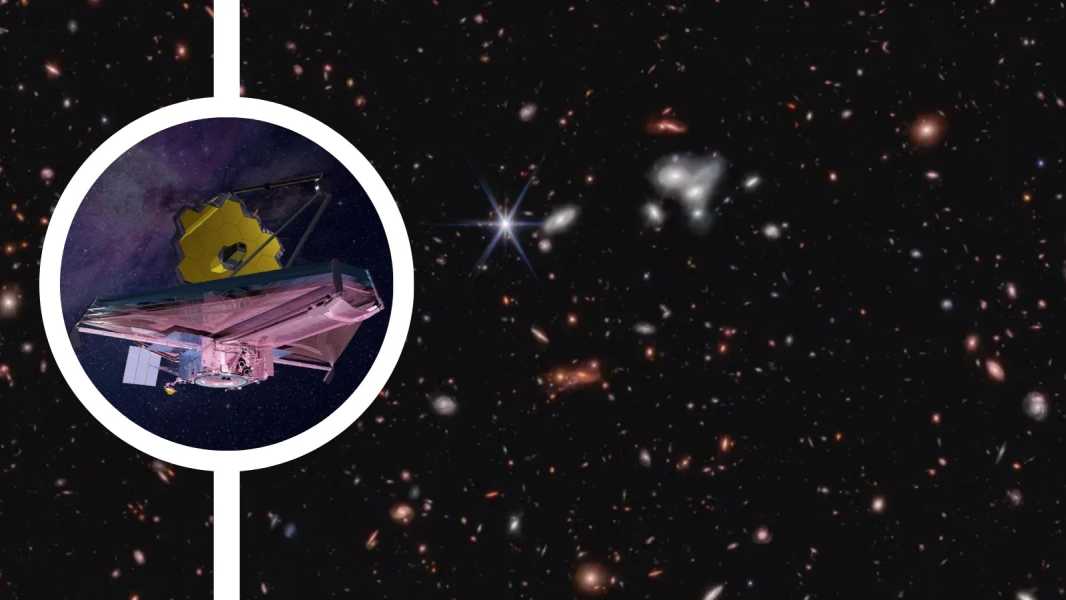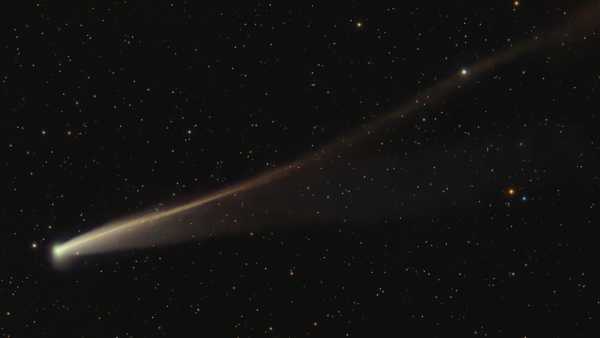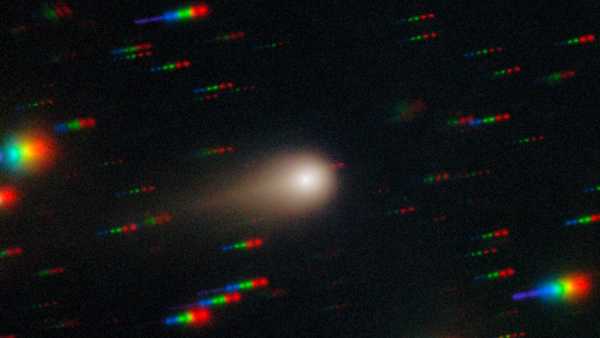
(Main) Image of the extended Groth strip as seen by JWST (inset). (Image credit: Frank Summers (STScI), Greg Bacon (STScI), Joseph DePasquale (STScI), Leah Hastak (STScI), Joseph Olmsted (STScI), Alyssa Pagan (STScI))
Astronomers have used the James Webb Space Telescope (JWST) to peer back in time 10 billion years into the early stages of cosmic history. As a result, a team from the University of Kansas (KU) has discovered active black holes at the centers of galaxies during a period known as “cosmic noon,” when they were undergoing explosive growth.
Cosmic noon is a mysterious stage in the evolution of the universe that occurred about 2 to 3 billion years after the Big Bang, when galaxies like the Milky Way were rapidly forming stars in a process called starburst. This surge in star formation was so intense that the research team believes that about half of all the stars we see in modern galaxies were formed during cosmic noon.
The team conducted a study of the MIRI EGS galaxy and active galactic nucleus (MEGA) using the James Webb Space Telescope to deepen our understanding of this key epoch in the 13.8 billion year history of the Universe.
“Our goal is to figure out how these galaxies form stars, exactly how many stars they produce, and especially how the black holes at their centers grow,” said Allison Kirkpatrick, the project’s principal investigator and a scientist at the University of Kansas. “We aim to conduct the largest JWST survey in the mid-infrared at multiple frequencies.”
You may like
Sourse: www.livescience.com





